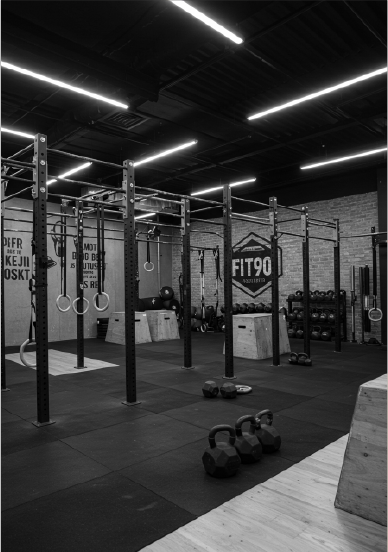While traditional strength training with isolated exercises has its place, the fitness world is increasingly embracing functional training. This method focuses on training your body to perform real-world movements with greater ease and safety. In 2025, functional training isn’t just a trend—it’s becoming a cornerstone of modern fitness.
What is Functional Training?
Key Benefits:
Functional training is based on movements you perform in daily life, such as lifting, pushing, pulling, squatting, and bending. Instead of isolating a single muscle group, it engages multiple muscles and joints simultaneously. Think about a deadlift, which works your legs, core, and back, as opposed to a leg extension, which only targets your quads.
- Improved Movement Patterns: Functional training emphasizes multi-joint movements that mimic everyday activities, enhancing your overall mobility and coordination.
- Injury Prevention: By strengthening stabilizing muscles and improving balance, functional training can reduce the risk of injuries both in and out of the gym.
- Enhanced Core Strength: Many functional exercises engage the core muscles, leading to better posture and reduced back pain.
- Versatility: Functional training can be adapted to any fitness level and can be performed with minimal equipment, making it accessible for everyone.
Types of Exercises:
Functional training incorporates a wide range of tools and exercises, including kettlebells, resistance bands, suspension trainers (like TRX), and even your own bodyweight. Examples include squats, lunges, planks, push-ups, and pull-ups, which can be modified to challenge different muscle groups and stability. As we move toward a more holistic view of health, the focus shifts from simply looking strong to being truly strong and capable. Functional training embodies this shift, empowering you to move better, feel better, and live better.






